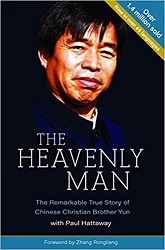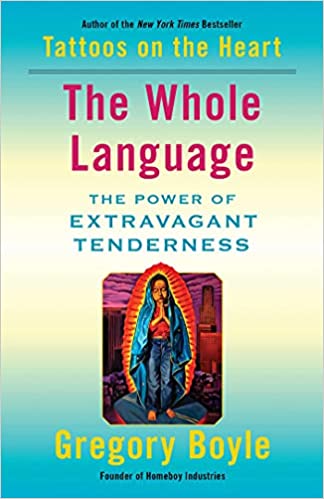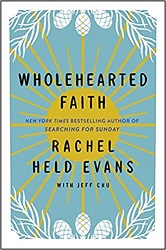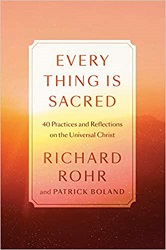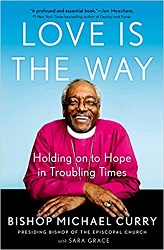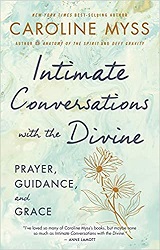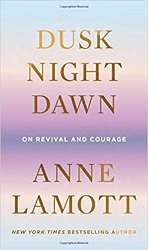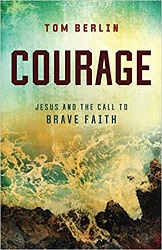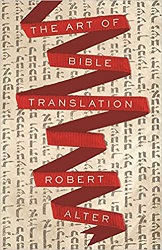Review of The Heavenly Man, by Brother Yun with Paul Hattaway
The Remarkable True Story of Chinese Christian Brother Yun
by Brother Yun
with Paul Hattaway
Kregel Publications, 2020. First published in the United Kingdom in 2002. 338 pages.
Review written May 28, 2022, from a library book
Starred Review
This book is the amazing true story of the life of Brother Yun, a pastor in the Chinese house church movement. The story of Brother Yun’s faith is full of miracles from start to finish. His family first accepted Christ when Yun was a child, after his mother received a vision and then his father was miraculously healed of cancer.
Brother Yun devoted his life to Christ when he was still young. One of the early miracles he experienced was when he prayed earnestly for a Bible, and one was then brought to him. The entire book testifies over and over to the great power of God.
After Brother Yun became a pastor, he was imprisoned in China three times. Each time, he was tortured horribly. At one point in prison, he followed the Holy Spirit’s guidance and miraculously went without food or water for 74 days.
And despite all the torture, all the difficulties, his passion for Jesus, commitment to tell about him, and determination not to betray his brothers and sisters all shine through. During his third time in prison, he experienced a miracle like Peter’s as the doors of the prison were standing open and he walked right past the guards to escape, with his broken legs cured as he walked away.
Brother Yun’s story is told in his own voice, with interludes from his wife, telling how things were for his family when he was imprisoned. Both attest to miracle after miracle and God’s faithful care.
After the escape from prison, Brother Yun miraculously made his way to the West. He still preaches to those who haven’t heard, especially as part of the “Back to Jerusalem” movement, which plans to send millions of missionaries from China.
I was amazed that Chinese Christians don’t want people in the West to pray that their persecution will stop. Here’s one place where Brother Yun talks about this:
Don’t pray for persecution to stop! We shouldn’t pray for a lighter load to carry, but a stronger back to endure! Then the world will see that God is with us, empowering us to live in a way that reflects his love and power.
This is true freedom!
This book is riveting reading. As a western Christian reading it, of course I’m struck by how different my life is from Brother Yun’s. It’s a story of God’s power and the Lord’s amazing faithfulness. And amazing stories of how God is changing lives today.
The one thing I didn’t like was that, because this was originally published in 2002, that’s when the story ends. I am completely sure that Brother Yun did not stop following God twenty years ago, and I would like to know what happened next.
Find this review on Sonderbooks at: www.sonderbooks.com/Nonfiction/heavenly_man.html
Disclosure: I am an Amazon Affiliate, and will earn a small percentage if you order a book on Amazon after clicking through from my site.
Disclaimer: I am a professional librarian, but the views expressed are solely my own, and in no way represent the official views of my employer or of any committee or group of which I am part.
What did you think of this book?
